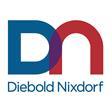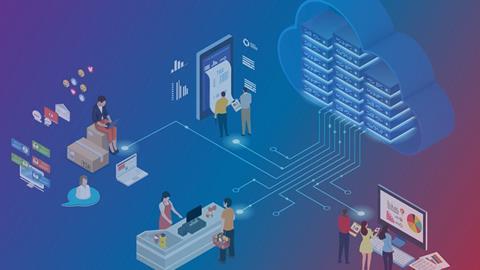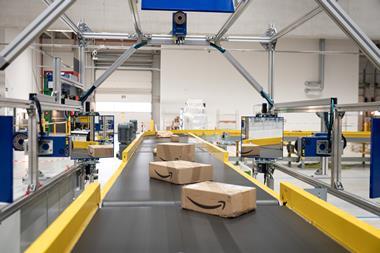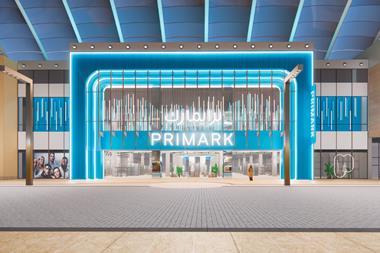Mastering the detail in retail is key as we head into 2022, says Reint Jan Holterman, global product marketing manager for retail software at Diebold Nixdorf.
Retail is detail. Success in retail requires retailers to keep a close eye on many aspects of the shopping process. Store location, assortment, signage, shelf space, restocking, checkout queues, store cleanliness and customer support, to name a few.
With new online entrants, you can add same-day deliveries, pick-up in store, digital payments, customer-friendly return policies and digital loyalty apps to the list of topics that need detailed attention.
Behind the scenes, making this all happen can be quite a challenge. Traditional ways of managing retail stores and processes won’t work any more.
What is needed is an integrated approach where journeys, stores and business operations are managed together as a whole – and where changing one part of the equation will immediately impact the other two parts.
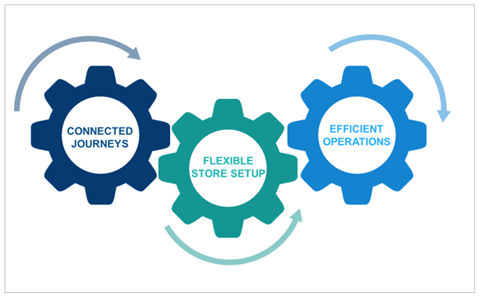
Connected journeys
Consumers expect smooth, personalised shopping journeys that seamlessly bridge online and offline channels, and continue uninterrupted over time.
According to research by Microsoft (2020), the average customer uses three to five channels when interacting with a vendor, although I suspect due to the pandemic this number is now even higher.
To offer frictionless shopping experiences, people, processes and systems need to be connected in order to exchange the right data at the right time via the right channel.
Flexible stores
With the blending of channels, the store often plays various roles at the same time, be it fulfilment hub, personal experience centre or traditional shopping venue. The store is a critical asset in many journeys and to remain so it needs to adapt to market innovations as soon as they occur.
75% of retailers plan to invest in store operations technology by 2022
In its Digital Store Playbook (September 2021), Forrester presents a four-stage model of digital store maturity and concludes that most retailers are still at stage one: building the technical foundation.
This is also visible in investment plans, with 75% of retailers confirming they plan to invest in store operations technology by 2022.
Efficient operations
Consumers value high-quality products and convenient shopping trips, but above all they appreciate low prices and high discounts. That’s why retailers must continuously improve their store processes to stay cost-competitive – and keep up with pureplay online retailers, too.
A survey conducted by DataDriven (2021) across 166 ICT decision-makers in global retail reveals that 74% of the respondents state becoming more efficient is an ‘extremely high’ priority for them.
Not surprisingly, 58% of these same retailers report either a large (13%) or moderate (45%) increase in their overall ICT budgets for 2021, to realise cost savings by optimising their day-to-day business processes. No doubt, these optimisations will impact both store set-up and consumer journeys as well.
So, now what?
A paradigm shift is needed. It’s time to connect the dots and start innovating journeys, stores and retail operations in a holistic and cohesive way.
A software platform that takes an integrated approach and smartly combines these three elements may be just what is needed.
A platform that lets you orchestrate consumer journeys straight from the cloud while it easily integrates with the existing store ecosystem of hardware and software applications.
In other words, a retail software platform that lets you connect journeys easily, scale stores flexibly and operate your business efficiently.
Too good to be true? Watch this video and learn more.
Reint Jan Holterman is global product marketing manager for retail software at Diebold Nixdorf

Reint Jan Holterman has more than 20 years’ experience in product marketing and thought leadership in the IT industry.
Being a strategic thinker, he can quickly translate complex concepts into customer-oriented marketing deliverables. Outside-in, always looking at innovations through the eyes of the customer, he can clearly articulate the value proposition and USPs to customers, partners and (sales) colleagues alike.
Combining an MBA with a solid background in software development, Holterman is able to make the connection between your customers, partners, sales teams and software development teams.
He loves working with other software professionals in a dynamic, innovative business environment.
